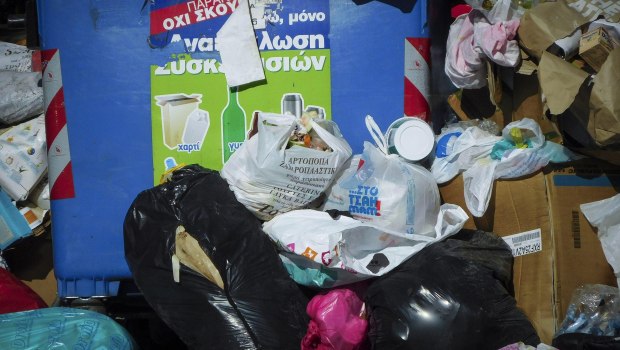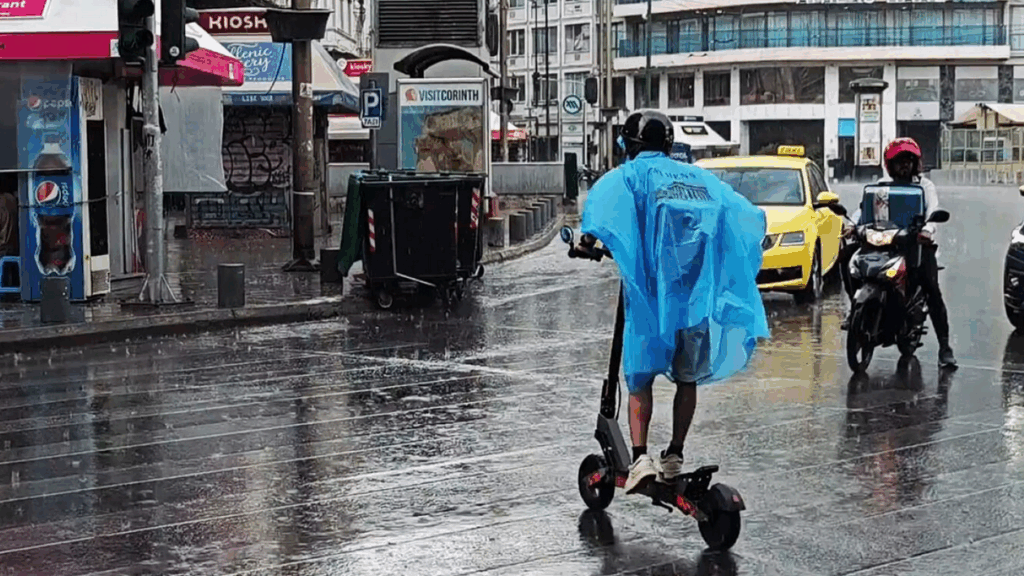European wine tourism: The new generation of travelers discovers the vineyards
Source: Tornos News
Wine tourism in Europe is on the rise, with the younger generation of travelers, aged 18 to 44, showing particular interest in experiences that combine wine, gastronomy and culture. According to a survey by TUI Musement, over 91% of respondents said they were strongly interested in wine-focused travel.
Taking advantage of this trend, TUI Musement presented the first European Wine Tourism Index, an analytical ranking of wine destinations based on objective criteria: the area of vineyards, the percentage of wines with Protected Designation of Origin (PDO) or Geographical Indication (PGI), the number of recognized wines, the volume of production and international awards. The methodology is based on data from Eurostat, the International Organization of Vine and Wine (OIV), the European registers and the Decanter World Wine Awards 2025.
- It is noteworthy that Greece is in 5th place, as you will read below.
France at the top
France takes first place with a score of 85.2/100, remaining a reference point for wine tourism. Destinations such as Champagne with its underground cellars-UNESCO monuments, Burgundy with its unique terroirs and Bordeaux with its historic châteaux and famous wines, prove why the country combines history, know-how and innovation.
Italy and Spain: The powers of the South
Italy follows in second place, standing out for the largest number of PDO/PGI wines and high production. From the hills of Tuscany and the Piedmont of Barolo, to Puglia with its dynamic reds, the country offers rich wine routes.
Spain, in third place, has over 900,000 hectares of vineyards, with 97% dedicated to PDO/PGI. From the classic Rioja and Ribera del Duero to the sherries of Andalusia and the volcanic wines of Lanzarote, Spain combines a variety of flavors and landscapes.
New players on the wine tourism map
Beyond the three big powers, other European countries are also picking up speed:
Portugal (4th): Douro Valley, traditional estates, internationally recognized Port.
Greece (5th): Indigenous varieties such as Assyrtiko and Liatiko, with a strong historical and cultural imprint. Assyrtiko and Liatiko are two different Greek grape varieties, Assyrtiko is a white variety from Santorini, known for its dry, mineral white wines with aging potential, while Liatiko is a red variety grown mainly in Crete, producing wines with dried fruit aromas and a peppery character.
Germany (6th): Rhine and Riesling, cool and elegant wines.
Romania (7th): Dealu Mare, dynamic red wines.
Hungary (8th): Tokaj, sweet wines-symbols, protected by UNESCO.
Austria (9th): Wachau Valley, a combination of natural beauty and excellent wines.
Bulgaria (10th): Revival of wine tradition since the time of the Thracians.
Young travelers are driving the change
The shift towards wine tourism reflects younger travelers’ desire for authentic, multi-sensory experiences. From the champagnes of Campania to the volcanic wines of the Canary Islands, wine trips are not limited to tastings: they offer stories, culture and landscapes that highlight the diversity of Europe.
With the trend gaining momentum, more and more destinations are investing in new experiences, such as vineyard tours, harvest festivals and themed tastings, making wine tourism one of the most dynamic forms of thematic tourism on the continent.
The original article: belongs to Tornos News .



